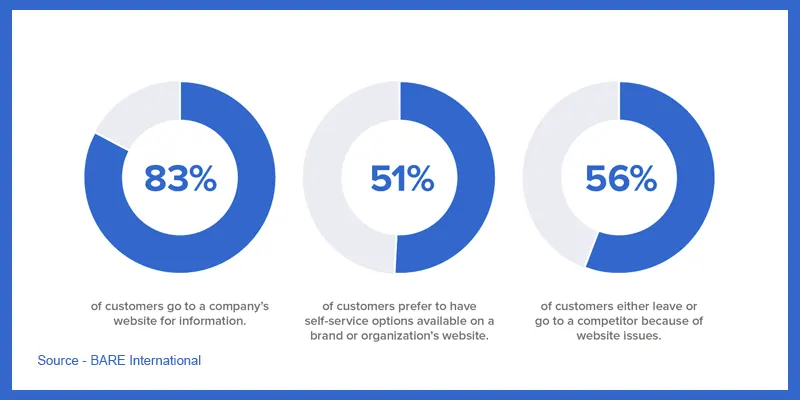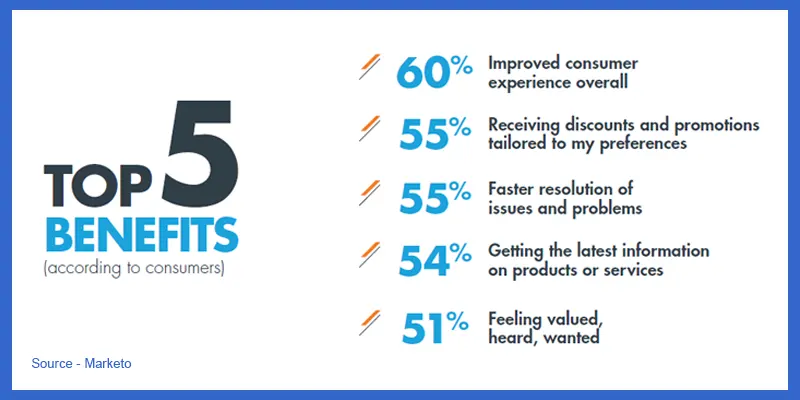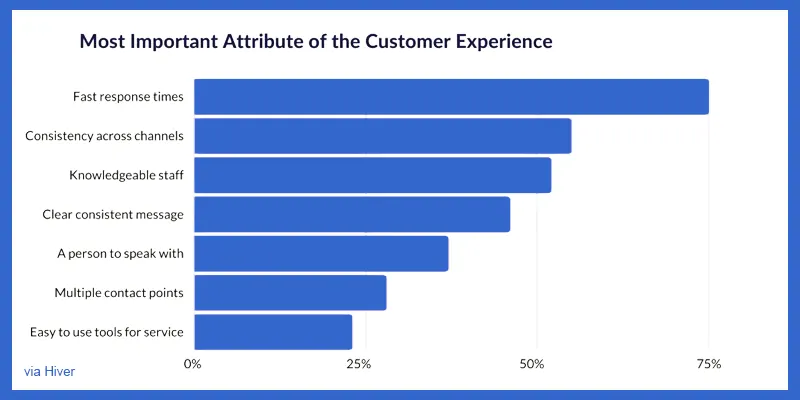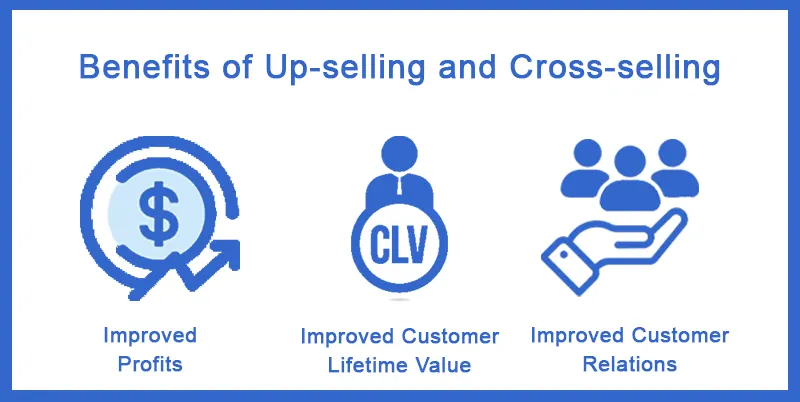What is a Contact Center and Why Does Your Business Need One?
If you’re someone who is into customer service, sales, support or customer success, you must have noticed the changing trends in the industry.
Most people will point at technology as it has been the primary driver for other changes. However, for all the customer-facing business operations, it is the changing demographics.
To put it more clearly, consumer expectations are changing. Millennials and GenZ have become the bulk of consumers in the market. Thus, the market had to align itself with their expectations.
Now these younger generations do everything differently. Interacting with brands and businesses in one such avenue.
This change in consumer expectations led to the rise of Contact Centers.
Not many know what Contact Centers are, what they do or why they even came to be. I will be answering all these questions in this article!
What is a Contact Center?
A Contact Center is a department/team within an organization that handles all the inbound and outbound customer interactions. Unlike traditional customer-facing operations, a contact center handles interactions across all channels of communication.
These channels include voice, text, video, social media platforms, email, web chat, etc. Contact Centers not only handle interactions but curate and provide a positive and consistent omnichannel customer experience.
The use of advanced technology, automation and data analytics is quite extensive in a Contact Center. This is done to enable personalization to a high degree.
Almost 80% and more customers stated that they would buy from brands providing a personalized experience. Thus, by ensuring personalization, contact centers are adding to your business’s revenue directly.
It's fair to say the contact centers leave no stone unturned to ensure the delivery of the best possible customer experience.
Now you know what a contact center is and what it does. Let us understand all the trends that make Contact Centers relevant and important.
Top 5 Reasons Why Contact Centers Have Become Relevant and Important
A simple answer to that would be the changing expectations. However, we will dive into the major driving forces to understand this trend better.
1. The Dominance of Social Media Platforms

There are about 4.26 Billion social media users in the world. Of these 4.26 Billion, about 60%-70% of the users are aged 30 and below. The change in the consumer composition of the global market is quite visible on the social media front as well.
With the rise of the use of social media, consumer expectations have changed. Younger generations expect everything from customer support and business promptly and instantaneously.
Most customers interact with brands through social media. Twitter and Instagram are prime examples of this.
2. Technology has Raised the Bar for Customer Service Expectations
Be it Google, Siri, Alexa or Bixby, these virtual assistants have made our lives easy. Finding answers to any questions has become a matter of asking these assistants for them.
Such advances in technology have made consumers more demanding and impatient. As a result, consumers expect a lot more from Customer Service than they used to a few years ago.
Customers are not only looking for answers now but they expect these answers quickly and presented in the best manner possible in the way they like.
3. Customers are Giving Preference to Self-Service Options

To say the younger generations are a bunch of anxious people with dwindling social and communication skills would be an understatement.
I know most of us rehearse our orders before we even go up to the counter. So it's no surprise that younger generations want to become self-sufficient and solve their own problems.
Contact Centers provide these options to the customers. There are FAQ pages, troubleshooting guides, IVRs, etc. that customers can use to solve their issues.
Thus, a Contact Center will not only save your business on time but also on crucial business resources.
4. The Rise of Always-Available Culture
While it was the internet that connected the world, it was the smartphones that brought users online at all times. This single thing impacted customer expectations the most.
Social media, entertainment and other services were available on the internet 24/7. The fact that some services were always available meant other services and businesses had to follow suit.
You cannot run a call center 24/7. It is not only resource intensive but highly inefficient. Contact Centers on the other hand are different. You can have a Contact Center running 24/7 at minimal costs and workforce requirements.
5. Higher Expectations for Omni-Channel Customer Service

If a customer has run into some problem with your product, chances are they will try to reach out to you on multiple social media platforms.
Users love to hop from one social media platform to another. As a business, you have to ensure that the customer experience you deliver is consistently positive and personalized across different platforms.
This can be achieved with a Contact Center by using features such as a single customer view and customer interaction history across all communication channels.
Well, now you know why Contact Centers have become relevant and important for businesses. Let’s find out all the benefits a business can get by opting for one!
5 Ways Businesses Benefit from a Contact Center
We’ve covered all the reasons why a Contact Center has become important for businesses. However, that’s not the only reason why your business should have a Contact Center.
There are many benefits your business will experience by opting for a Contact Center.
Let’s discuss these benefits in detail now, shall we?
1. Superior Customer Engagement

Customer Engagement has become very important for businesses. When all your competitors are online and trying to lure away existing and potential customers, you should be proactive and thwart their efforts.
Besides, customer engagement translates into more revenue for your businesses. Businesses that regularly engage with their customers through multiple channels reported up to 20% growth in revenue.
With a Contact Center, you can engage with the customers in a far superior manner compared to any traditional methods. This way you can add to the business’s revenue directly.
2. Quicker Customer Support

Being prompt to customer queries and difficulties is important. As highlighted before, the younger generations want everything instantaneously.
Now, customers can approach your business using different platforms and channels. A Contact Center allows you to have every customer interaction in one central location.
This makes it easy for customer service executives to provide a prompt response to any customer queries irrespective of the channel of communication.
A study conducted recently found that a single poor experience was enough for 32% of customers to switch brands. Thus, ensuring quicker and prompt customer support will enable you to retain customers properly.
3. Enhanced Customer Experience

We’ve been seeing the trends and know how important customer experience has become in the past few years.
Over 80% of the customers have stated that they are willing to pay more for a better customer experience. Thus, we know that customer experience plays a vital role in the purchase decision for any customer.
With a Contact Center, you can monitor and manage the customer experience proactively. This will now only enable your business to retain existing customers but also help you convert potential ones.
A contact center allows you to communicate with your customers in a more personalized manner than any traditional method. This further enhances the customer experience that your business is delivering.
4. More Up-sell and Cross-sell Opportunities

Up-selling and cross-selling are tremendously beneficial for your business. It all comes down to identifying the right opportunities and presenting the right solutions.
Contact centers allow you to be actively in touch with all your existing customers. Thus, it becomes easy to spot opportunities for up-selling and cross-selling.
Moreover, your business has already established trust with the existing customer. This makes it easy for you to influence their purchase decision.
Contact centers allow you to portray yourself as a reliable solutions provider as you’re able to resolve customer issues promptly and add to their customer experience. This further adds to your chances of converting these opportunities.
5. Single Customer View and Better Analytics
A contact center becomes your primary and central point of all customer interactions. This enables you to eliminate all data silos and have all important customer information in one place.
There are two benefits to this. First of all, by leveraging analytics, you can utilize all the customer data to serve them with an improved and more personalized customer experience. This directly adds to your business revenue.
Secondly, as all the data is available in the same place, it can be analyzed and used to improve other areas of the business as well.
Moreover, with a contact center, it is far easier to collect feedback from existing and potential customers frequently.
With that, we’ve covered the top 5 ways businesses benefit from a contact center.
Conclusion
If you want to win at customer experience and consolidate the future of your business, you need to opt for a Contact Center.
There are more benefits to a Contact Center than the ones I have mentioned above. You can experience a lot of business growth and directly add to your business revenue by opting for and deploying a contact center.
The new age of customer service has begun and you can benefit from it!
























































































































